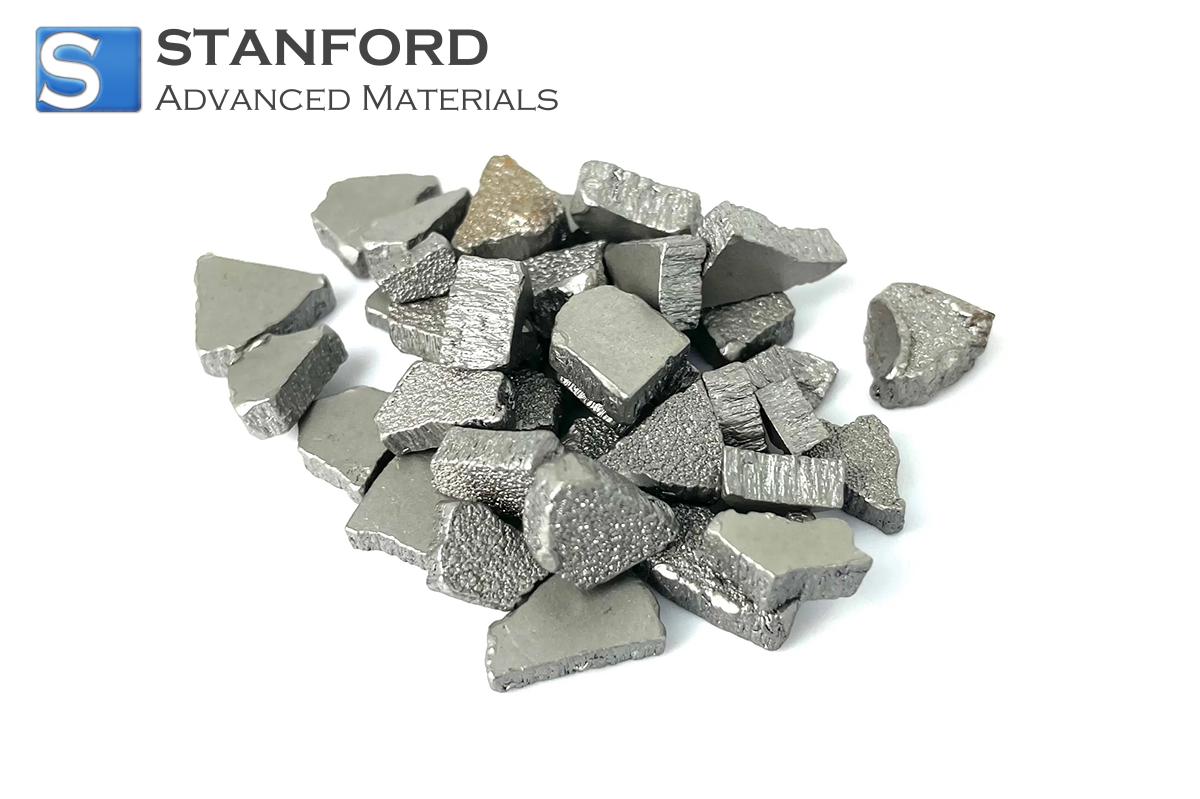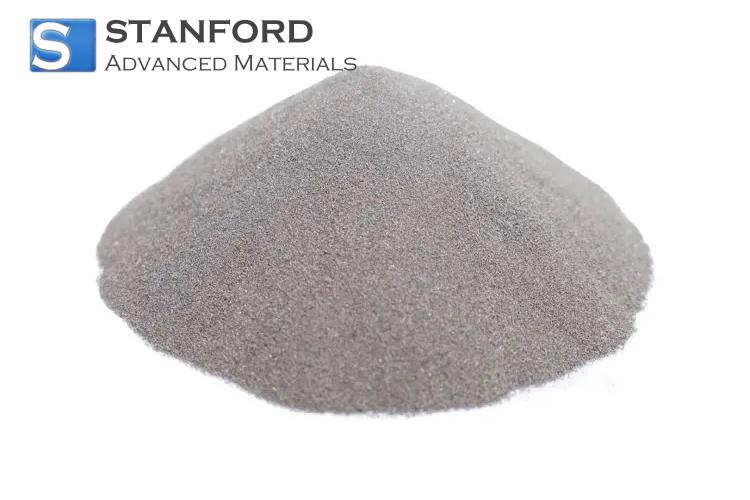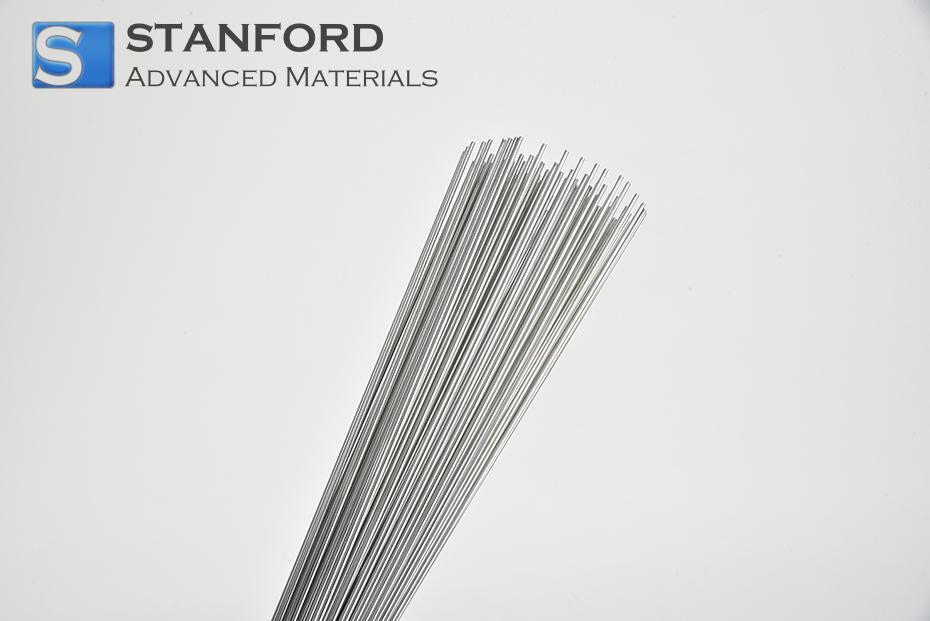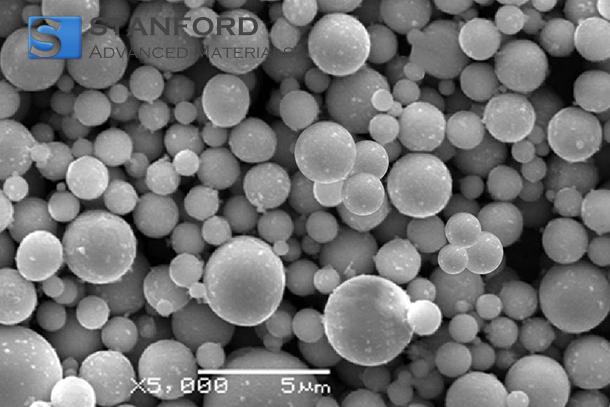Maximum Energy Product In Magnetic Materials
Introduction to the Maximum Energy Product
The maximum energy product, also referred to as (BH)max, represents a key measurement parameter for assessing permanent magnet performance. It quantifies the highest magnetic energy a magnet can store per unit volume—providing a measure of the "magnetic power" supplied by a magnet in practical applications. This measurement reflects the relationship between magnetic field strength (H) and magnetic flux density (B) and is crucial in determining the suitability of magnetic materials for use in devices such as data storage, wind turbines, and electric motors.
Expressed in MegaGauss-Oersteds (MGOe) or kilojoules per cubic metre (kJ/m³), maximum energy product offers a precise figure for magnetic energy density. A higher figure indicates a more powerful and efficient magnet capable of delivering the same level of magnetic output in a smaller volume—an advantageous feature when high-performance designs require compactness.
Important Facts about Maximum Energy Product
• Definition: Maximum energy product is the highest value of magnetic flux density (B) and magnetic field strength (H) product along a magnet's demagnetisation curve.
• Significance: Reflects the volume of magnetic energy stored in a unit volume. The greater (BH)max, the stronger magnet, which is crucial for weight- and space-constrained technologies such as electric vehicle motors and aerospace sensors.
• Units
MGOe (MegaGauss-Oersteds): Standard unit in the magnet field.
kJ/m³ (kilojoules per cubic metre): SI unit, where 1 MGOe ≈ 7.96 kJ/m³.
• Measurement: The measurement corresponds to the largest rectangle that can be drawn under the magnet's normal demagnetisation curve—indicating where energy density reaches its maximum.
• Trade-offs: As (BH)max increases, energy efficiency concurrently rises, though it remains a non-indicative performance metric. Factors such as resistance to demagnetisation, temperature stability, and corrosion resistance must also be considered when selecting materials.
Magnetic Energy Product Curve
The magnetic energy product curve is a graphical representation of the interaction between magnetic flux density (B) and magnetic field strength (H) as the magnet demagnetises. The curve typically illustrates how the magnet diminishes in strength when exposed to an opposing external magnetic field.
The highest energy product, (BH)max, occurs at the point of maximum product of (B) and (H)—indicating the optimal compromise between magnetic output and magnetic field strength. Engineers and materials scientists employ this to measure how effectively a magnet can transform stored magnetic energy into work.
For instance, NdFeB magnets exhibit a steep demagnetisation curve, indicating their high (BH)max values (ranging from 50 to 52 MGOe), while ferrite magnets have a flatter slope showing values of 3 to 5 MGOe, suitable for applications requiring lower strength.
Maximum Energy Product Factors
1. Material Composition
The alloy composition and atomic lattice are critical in determining magnetic properties. The superior (BH)max of rare earth alloys, such as Neodymium-Iron-Boron (NdFeB) and Samarium-Cobalt (SmCo), arises from their pronounced magnetic anisotropy and densely packed magnetic domains. Ferrites and Alnico alloys yield lower energy products but offer greater thermal and corrosion stability.
2. Temperature Stability
Temperature influences coercivity and magnetic flux density. For example, NdFeB magnets undergo substantial loss of magnetic strength above 150 °C, whereas SmCo magnets retain performance up to approximately 300 °C, making them suitable for aerospace and defence applications.
3. Processing Techniques
Applications of High Maximum Energy Product Magnets
High (BH)max magnets are utilised in contexts where compact size and high efficiency are necessary:
• Electric Motors and Generators: Facilitate efficient, lightweight motors for electric vehicles and robots.
• Wind Turbines: Improve energy conversion efficiency while reducing magnet volume.
• Medical Devices: Supply imaging equipment like MRI scanners with high field strength and stable performance.
• Data Storage: Ensure long-term data stability through densified magnetic recording.
Comparison of Common Magnetic Materials
|
Material |
Maximum Energy Product (MGOe) |
Magnetic Strength (Tesla) |
Common Applications |
|
Neodymium-Iron-Boron (NdFeB) |
50-52 |
1.4-1.6 |
Electric motors, HDDs |
|
33-46 |
1.0-1.2 |
High-temperature applications |
|
|
6-8 |
0.8-1.0 |
Sensors, loudspeakers |
|
|
3-5 |
0.4-0.6 |
Refrigerator magnets, speakers |
Frequently Asked Questions
What is the maximum energy product?
It is a measure of the energy density of a magnet—the highest magnetic energy that can be stored in a volume.
Which material has the largest value for maximum energy product?
NdFeB magnets currently hold the record with values exceeding 50 MGOe.
Why does magnetic performance decrease with temperature?
Elevated temperatures lead to misalignment of magnetic domains, reducing coercivity and flux density, thus diminishing (BH)max.
Is (BH)max the sole performance specification?
No. Although it indicates magnet strength, factors such as thermal stability, corrosion resistance, and coercivity are equally important in practical design.

 Bars
Bars
 Beads & Spheres
Beads & Spheres
 Bolts & Nuts
Bolts & Nuts
 Crucibles
Crucibles
 Discs
Discs
 Fibers & Fabrics
Fibers & Fabrics
 Films
Films
 Flake
Flake
 Foams
Foams
 Foil
Foil
 Granules
Granules
 Honeycombs
Honeycombs
 Ink
Ink
 Laminate
Laminate
 Lumps
Lumps
 Meshes
Meshes
 Metallised Film
Metallised Film
 Plate
Plate
 Powders
Powders
 Rod
Rod
 Sheets
Sheets
 Single Crystals
Single Crystals
 Sputtering Target
Sputtering Target
 Tubes
Tubes
 Washer
Washer
 Wires
Wires
 Converters & Calculators
Converters & Calculators
 Write for Us
Write for Us





 Chin Trento
Chin Trento



